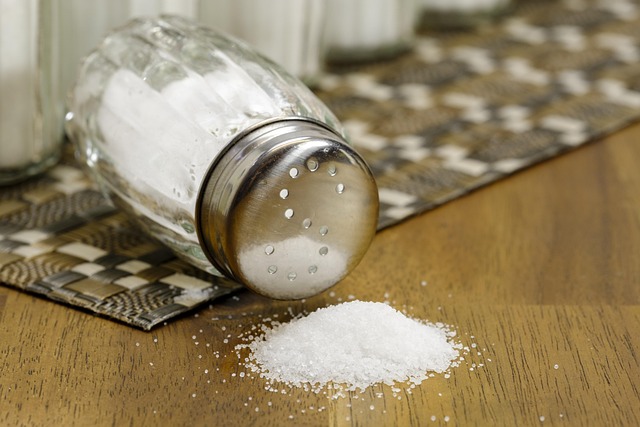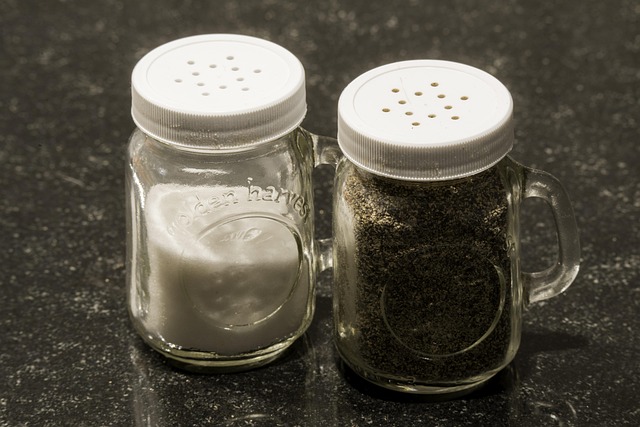Even though there is strong evidence that using salt substitutes can significantly reduce low blood pressure, very few people in the United States actually use them. Researchers recently analyzed almost 20 years of national health data and discovered that the use of salt substitutes peaked at a little over 5% before declining. This was found to be true even among people diagnosed with hypertension, which represents a significant missed chance to improve heart health in an effective and affordable manner.
Salt Substitutes are a Cheap and Effective Way to Reduce Blood Pressure

The preliminary research on the analysis was presented at the American Heart Association’s Hypertension Scientific Sessions 2025. These sessions focus on recent advances in research on high blood pressure and its connection to kidney and cardiac disease, genetics, obesity, and stroke. Nearly half of adults have high blood pressure, and it was a primary or contributing cause of 664,470 deaths in America in 2023 alone. Additionally, dealing with high blood pressure costs the United States about $131 billion each year. Therefore, finding affordable and effective ways to reduce blood pressure is vitally important.
According to the lead author of the study, Yinying Wei, “Overall, less than 6% of all U.S. adults use salt substitutes, even though they are inexpensive and can be an effective strategy to help people control blood pressure, especially people with difficult-to-treat high blood pressure. Health care professionals can raise awareness about the safe use of salt substitutes by having conversations with their patients who have persistent or hard-to-manage high blood pressure.”
In salt substitute products, some or all of the sodium is replaced with potassium. While they both taste quite similar, potassium can have a bitter aftertaste when heated up. Although many foods naturally contain sodium, the largest quantities are typically found in packaged and processed foods, as well as restaurant meals.
According to the American Heart Association, most adults should consume no more than 2,300 mg of sodium daily. For most adults, especially individuals with high blood pressure, no more than 1,500 mg would be the ideal amount. For the majority of people, cutting down their sodium intake by 1,000 mg will improve both heart health and blood pressure.
The First Study to Examine Long-Term Salt Substitute Trends

The first to examine long-term salt substitute trends from a nationally representative sample of adults, the study used data from the National Health and Nutrition Examination Survey (NHANES) from 2003 to 2020. The analysis included 37,080 adult participants, ages 18 and older. The participants were then categorized into four subgroups based on the presence or absence of high blood pressure.
They analyzed the products that used potassium or other alternatives to salt, focusing on individuals diagnosed with high blood pressure. Additionally, another analysis was conducted among those eligible to use substitutes, such as individuals with healthy kidney function and those not needing any medications that affect potassium levels in the blood.
Substitutes that contain potassium can potentially raise blood potassium to damaging levels in individuals diagnosed with kidney disease, and too much potassium can lead to irregular heartbeats. The study found that salt substitute use in the United States peaked at 5.4% in around 2013 to 2014 and then dropped to 2.5% by March 2020. Additionally, among those eligible to use the substitutes, only around 2,3% to 5.1% chose to do so.
They also found that individuals who ate at restaurants or ordered takeout three or more times per week were less likely to use salt substitutes. According to the study’s lead author, “Salt substitute use remained uncommon over the last two decades, including among people with high blood pressure. Even among individuals with treated and poorly managed or untreated high blood pressure, most continued to use regular salt.” The study has revealed that there is a missed opportunity to easily reduce blood pressure among the population.
Read More: The Complete Guide to 14 Essential Minerals: What to Eat and How to Spot the Deficiencies
Limitations of the Study

The study on salt substitutes was supported by a grant from the National Institutes of Health. However, the study did have several limitations. For one, the information regarding selt substitute use was self-reported. This means that there could easily have been misclassification or underreporting. Furthermore, all types of salt substitutes were included in the researchers’ analysis.
This means that they were not able to separate potassium-based salt from other types. Lastly, the data did not capture how much substitute the participants actually used. The study’s lead author noted that, “Future research should explore why salt substitute-use remains low by investigating potential barriers, such as taste acceptance, cost, and limited awareness among both patients and clinicians. These insights may help guide more targeted interventions.”
Disclaimer: This information is not intended to be a substitute for professional medical advice, diagnosis or treatment and is for information only. Always seek the advice of your physician or another qualified health provider with any questions about your medical condition and/or current medication. Do not disregard professional medical advice or delay seeking advice or treatment because of something you have read here.
Read More: Is Salt as Bad for Us as We’ve Been Made to Believe?

